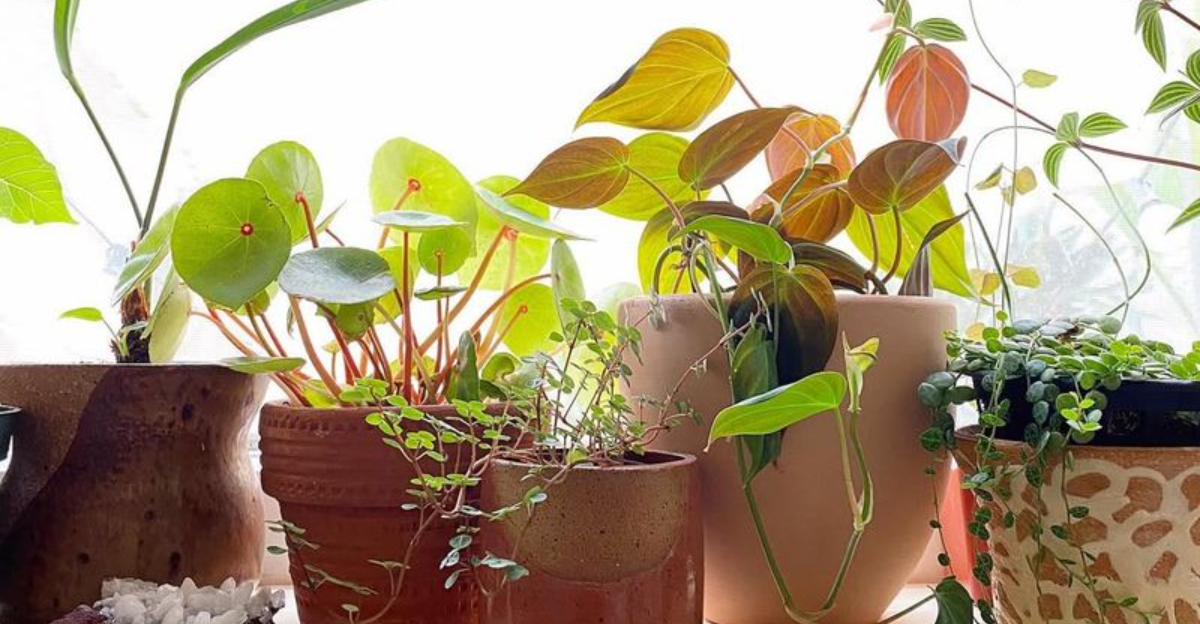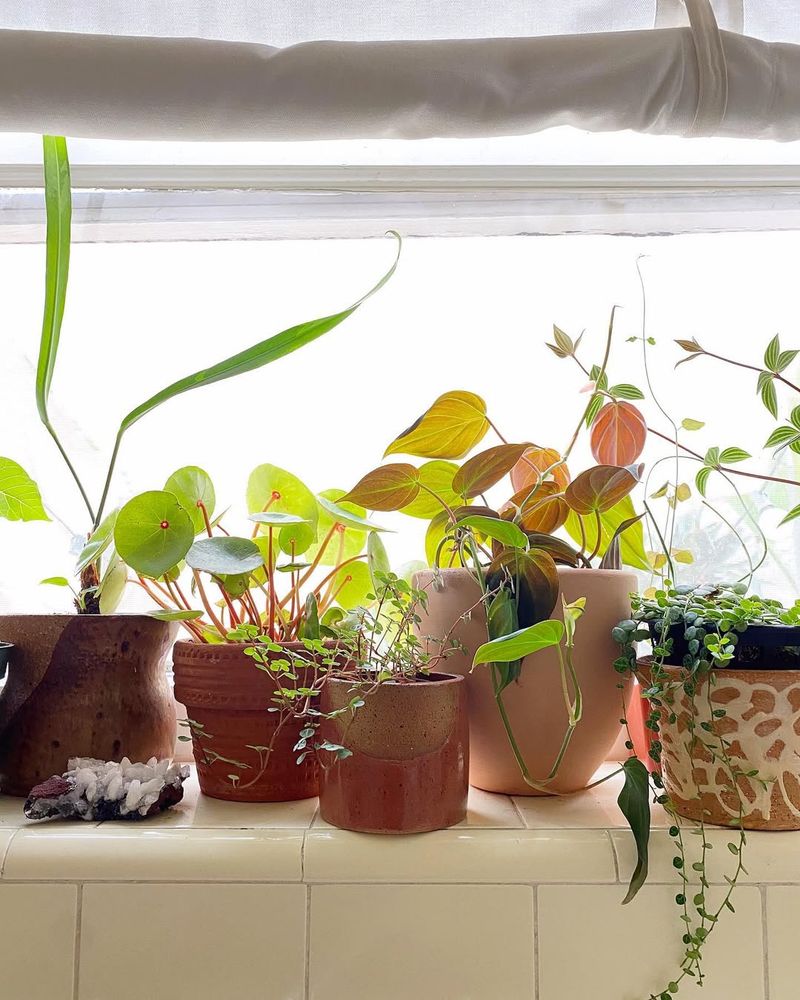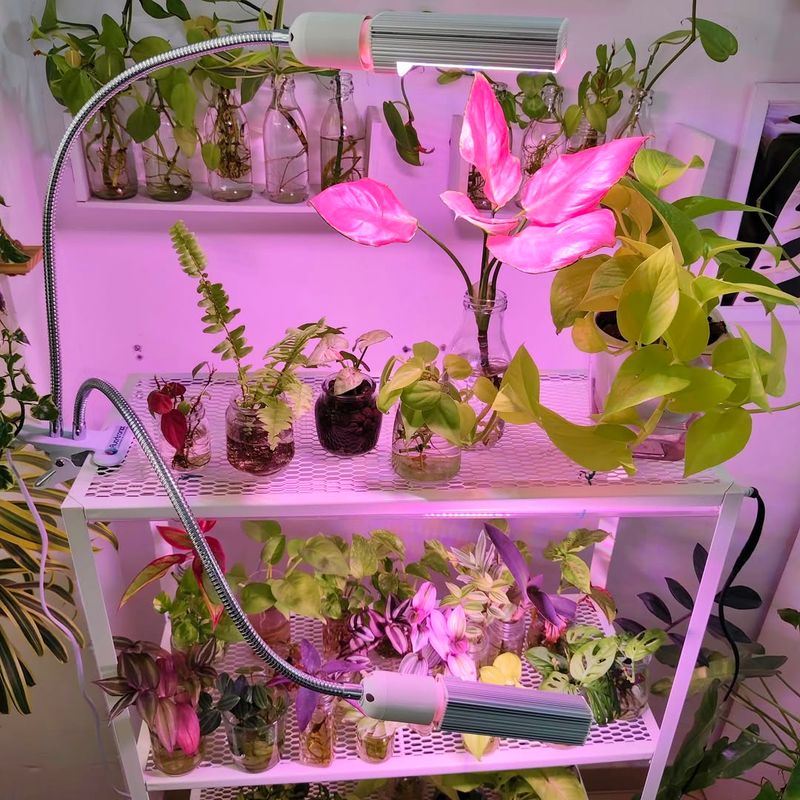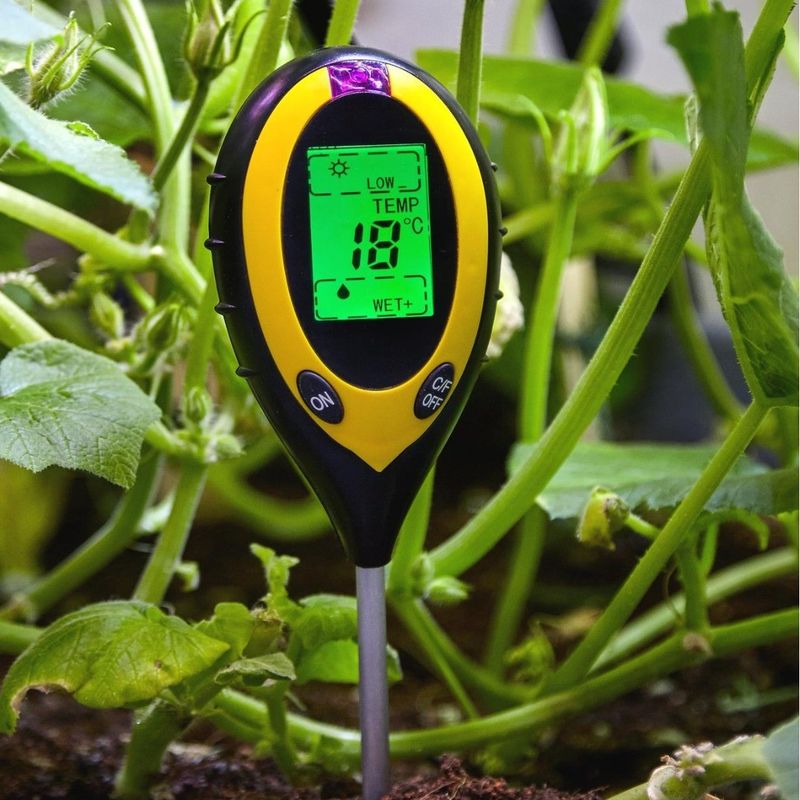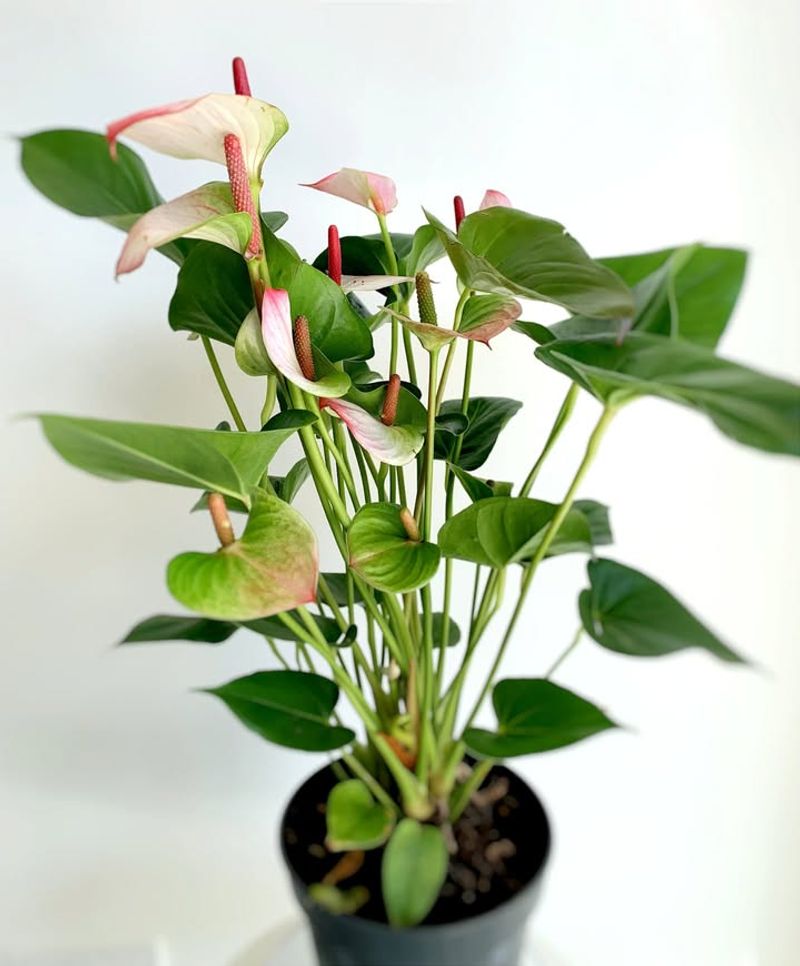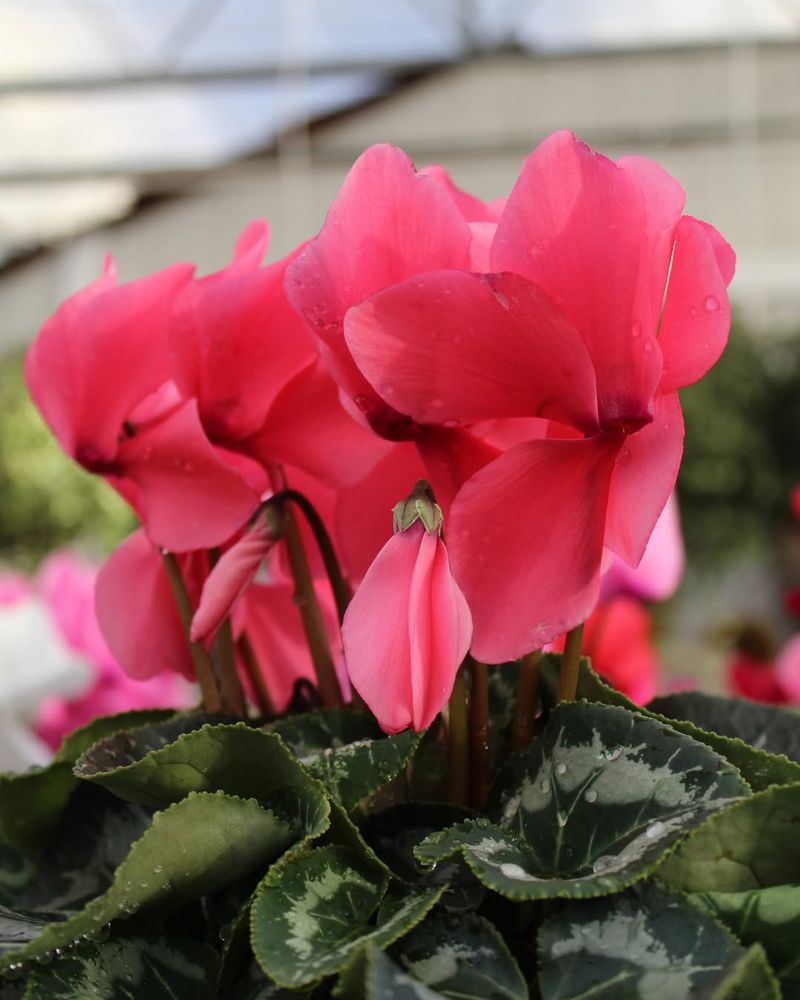Minnesota winters pull no punches, and indoor plants often feel the sting long before the frost settles outside.
Still, a well-kept room can spark blooms that cut through the cold like a lantern in a snowstorm. Light, warmth, and a few smart tweaks shift the odds, giving houseplants the boost they need to rise above the deep freeze.
For many Minnesotans, coaxing blossoms this time of year feels like a small victory—one that brightens every corner of the home.
Maximize Natural Light Exposure
Minnesota winters mean fewer hours of sunlight, so every ray counts. Move your blooming plants closer to south-facing windows where they’ll soak up the most light throughout the day.
Rotate your pots every few days so all sides get equal exposure. Clean your windows regularly because dirt and grime can block up to 40% of available light.
If you notice your plants leaning toward the window, that’s their way of begging for more brightness!
Invest In Quality Grow Lights
When natural light just isn’t enough, grow lights become your best friend. Full-spectrum LED lights mimic sunlight and give your plants the energy they need to produce flowers even during Minnesota’s darkest months.
Position the lights about 6-12 inches above your plants and keep them on for 12-14 hours daily. Many affordable options come with timers, so you won’t forget to turn them on or off.
Your plants will reward you with vibrant blooms!
Maintain Consistent Temperature Levels
Most flowering houseplants prefer temperatures between 65-75 degrees Fahrenheit during the day. Cold drafts from windows or hot air from radiators can shock your plants and prevent blooming.
Keep plants away from exterior doors and heating vents. Consider using a thermometer near your plant collection to monitor conditions.
At night, a slight temperature drop of 5-10 degrees actually encourages many plants to bloom, mimicking their natural environment perfectly.
Adjust Your Watering Schedule
Winter air in heated Minnesota homes is incredibly dry, but plants actually need less water when they’re not actively growing. Overwatering during winter is one of the biggest mistakes plant owners make.
Check the soil moisture by sticking your finger about an inch deep before watering. Most blooming plants prefer their soil to dry out slightly between waterings.
Room-temperature water works best since cold water can shock tender roots and delay flowering.
Boost Humidity Around Your Plants
Furnaces suck moisture out of indoor air, dropping humidity levels way below what tropical flowering plants need. Most blooming houseplants thrive when humidity stays between 40-60 percent.
Group plants together to create a mini humid microclimate, or place them on pebble trays filled with water. Small humidifiers work wonders and benefit both you and your plants.
Misting helps temporarily but isn’t a long-term solution for dry Minnesota winters.
Feed With Bloom-Boosting Fertilizer
Flowering plants need extra phosphorus to produce beautiful blooms. Look for fertilizers with higher middle numbers in the N-P-K ratio, like 10-30-10, which specifically support flower production.
During winter, dilute your fertilizer to half-strength and apply it every 3-4 weeks. Too much fertilizer can actually prevent blooming and damage roots.
Organic options like fish emulsion or worm castings work great and release nutrients slowly over time.
Choose Winter-Blooming Plant Varieties
Not all houseplants bloom during winter, so selecting the right varieties makes a huge difference. African violets, Christmas cacti, amaryllis, and orchids naturally flower during colder months when given proper care.
Cyclamen and kalanchoe also thrive in winter conditions and produce stunning displays. These plants have adapted to bloom when daylight hours are shorter.
Starting with winter bloomers practically guarantees success and brings color to dreary Minnesota days!
Provide Proper Air Circulation
Stagnant air in tightly sealed winter homes can lead to fungal problems and weak growth. Good airflow strengthens plant stems and helps flowers develop properly.
Run a small fan on low speed near your plants, but don’t aim it directly at them. Opening windows for a few minutes on milder days refreshes the air without causing temperature shock.
Proper circulation also helps prevent pests like spider mites that love dry, still conditions found in winter homes.
Deadhead Spent Flowers Regularly
Removing faded blooms isn’t just about keeping plants looking tidy. Deadheading signals your plant to produce more flowers instead of putting energy into seed production.
Use clean scissors or simply pinch off wilted flowers at their base. Check your plants every few days and remove any yellowing leaves too.
This simple maintenance task can extend your plant’s blooming period by several weeks and keeps them looking fresh throughout Minnesota’s long winter season.
Monitor For Winter Pests
Spider mites, aphids, and fungus gnats love the warm, dry conditions inside winter homes. These tiny troublemakers can quickly damage plants and prevent them from blooming.
Inspect the undersides of leaves weekly and look for webbing, sticky residue, or tiny moving specks. Catching infestations early makes treatment much easier.
Wipe leaves with diluted neem oil or insecticidal soap as a preventive measure. Healthy, pest-free plants have the best chance of producing gorgeous winter flowers!

